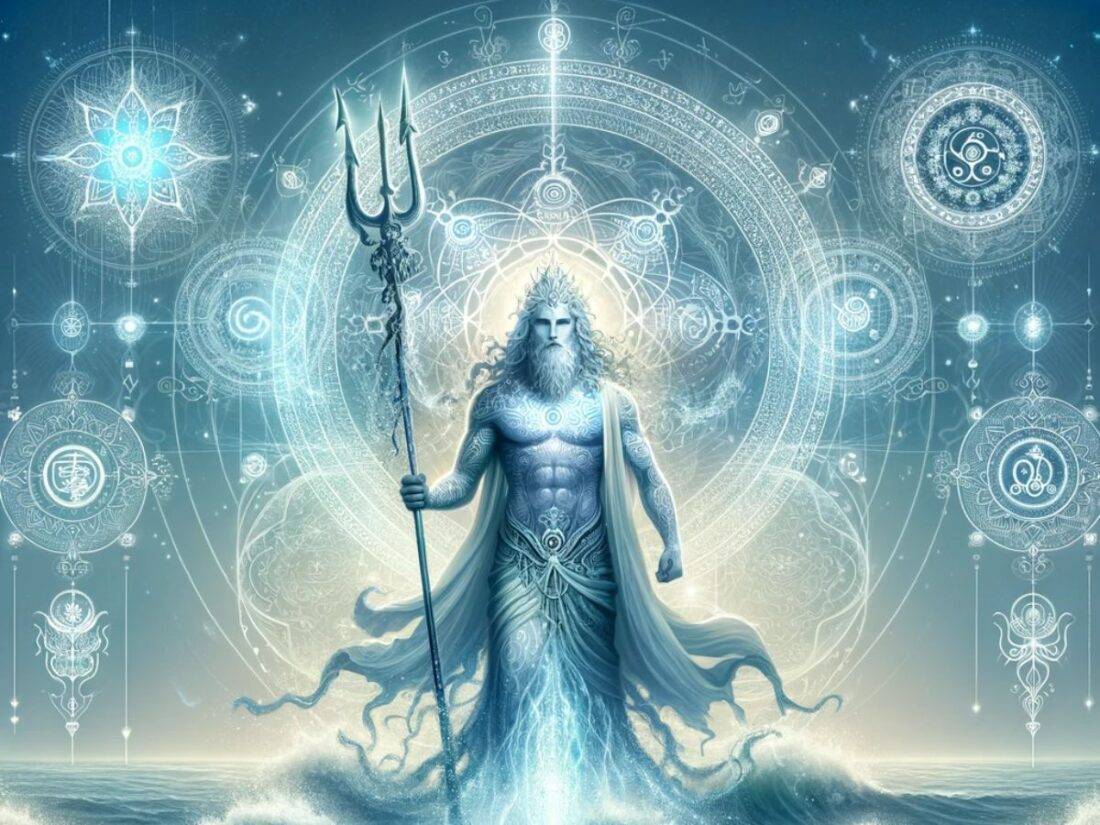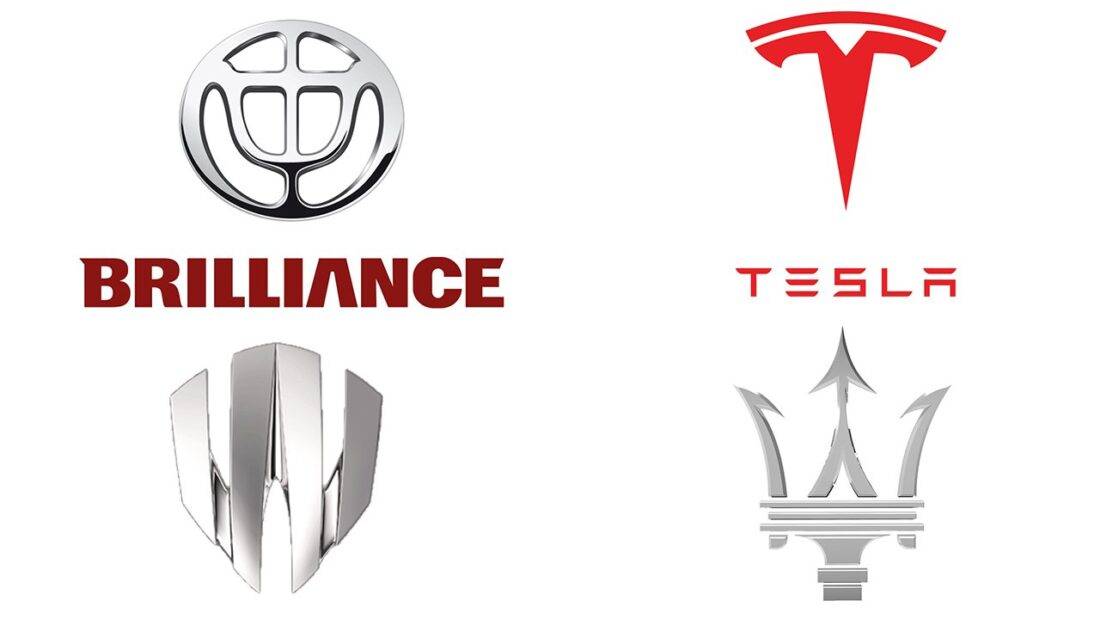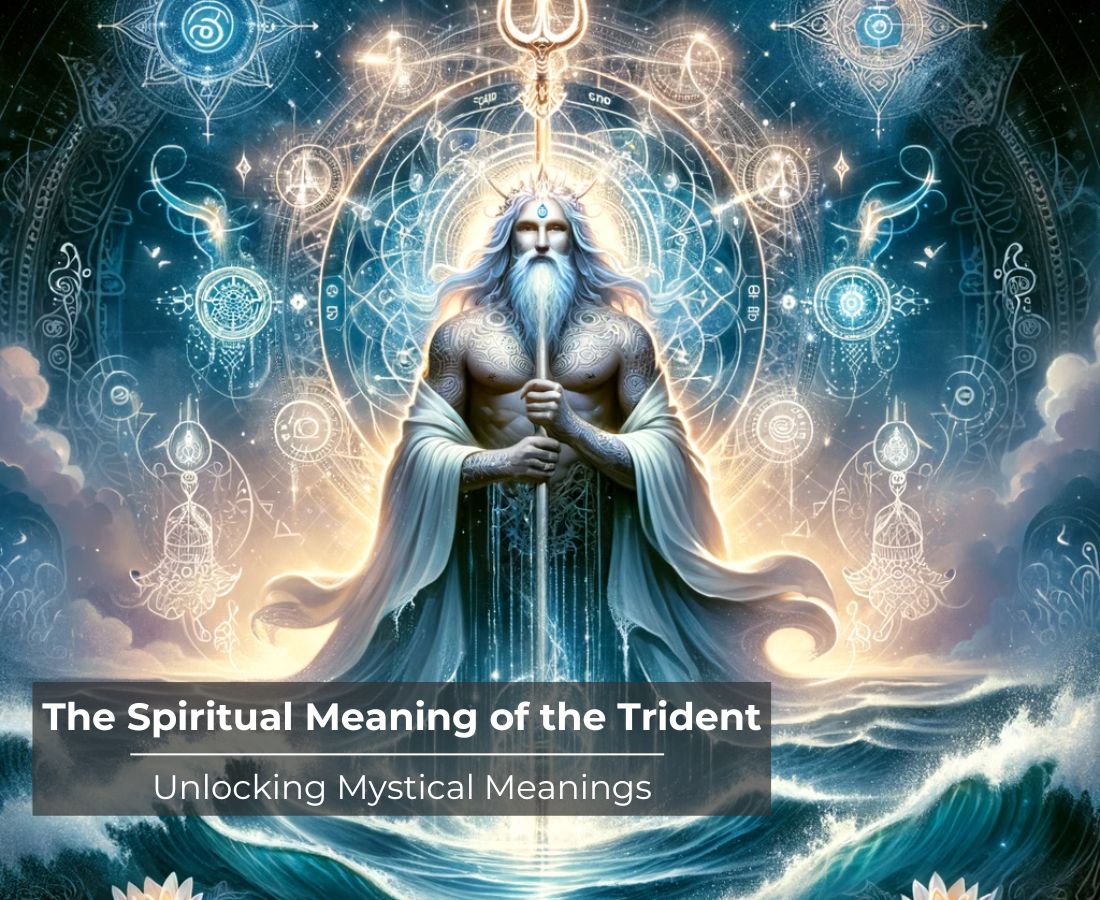The trident, more than a weapon of the gods, wields a power that ripples through our collective psyche. From Poseidon’s sea-sovereignty to Shiva’s cosmic dance, its prongs pierce deeper than flesh—into the realms of the symbolism of trident.
Table of Contents
Join us as we unravel the trident’s enigmatic allure, promising revelations that will anchor your understanding in the profound depths of ancient wisdom.
Key Points
- Trident as a symbol of power, balance, and spiritual awakening.
- Trident’s enduring presence in cultural and spiritual contexts.
- Dreaming of a trident signifies authority, protection, and insight.
The Trident as a Spiritual Symbol
In the realm of the spiritual, the trident emerges as a powerful emblem, transcending its physical form to represent profound metaphysical concepts. Across various beliefs, this ancient symbol carries deep significance, often associated with strength, moral integrity, and the triadic nature of existence.
Hinduism: Spiritual Enlightenment and the Three Gunas
In Hindu spirituality, the trident, or Trishul, is not merely a weapon but a profound emblem of the Three Gunas—Sattva (goodness, constructive, harmonious), Rajas (passion, active, confused), and Tamas (darkness, destructive, chaotic). These are the threads that weave the fabric of all creation, the qualities that define the essence of nature and human experience.
Lord Shiva’s Trishul is a beacon of enlightenment, piercing through the darkness of ignorance. Each prong stands as a testament to the forces that govern our lives, urging us towards a higher state of consciousness.
It’s a call to balance these forces within ourselves, to achieve spiritual awakening and harmony.
Buddhism: Trident as a Weapon Against Ignorance
In the serene yet profound realms of Buddhism, the trident is metaphorically wielded to vanquish the three poisons of the mind: ignorance, desire, and hatred. These are the barriers to enlightenment, the chains that bind us to suffering and the cycle of rebirth.
The trident’s sharp prongs are the tools to pierce through these veils, a reminder to practice the Dharma and seek liberation. It’s a symbol that resonates with the core of Buddhist teachings, the path to Nirvana.
Christian Symbolism: The Holy Trinity
In Christian symbolism, the trident can be seen as a parallel to the Holy Trinity—the Father, the Son, and the Holy Spirit. Though not a direct symbol in Christian iconography, the trident’s triune form resonates with the concept of unity in diversity, a central tenet of the faith.
The trident, in this light, becomes a bridge across beliefs, a shared symbol that different faiths have imbued with similar meanings—creation, sustenance, and salvation. It’s a testament to the interconnectedness of spiritual narratives across cultures.

The Trident in Mythology
The trident stands as a mighty symbol woven into the fabric of mythology, a beacon of power, authority, and the natural elements. It is a recurring motif found in the lore of various cultures, each attributing to it a unique significance that has captivated human imagination for centuries.
Greek Mythology: Poseidon’s Trident
In the tempestuous realm of Greek mythology, the trident is synonymous with Poseidon, the god of the sea. This three-pronged spear wasn’t just a tool of war or an icon of power; it was an instrument that commanded the storms and the vast oceans.
With a thrust of his trident, Poseidon could stir the waters into a frenzy, summoning waves as tall as mountains and calming them just as swiftly. The trident’s symbolism here is twofold—representing both the destructive force of nature and the control one can exert over the chaotic elements.
It’s a reminder of the dual nature of the sea, capable of both nurturing life and unleashing fury.
Roman Mythology: Neptune’s Trident
Lastly, in the grandeur of Roman mythology, Neptune’s trident emerges as an emblem of sovereignty and maritime power. Much like his Greek counterpart, Neptune’s trident was a force of protection and authority, a tool that separated the god from mortals.
The trident here is a scepter, a mark of divine right ruling over both the physical and the metaphysical seas. It’s a symbol that has traversed through time, etching its mark on not just the pages of mythology but also the collective consciousness of civilizations.
In these stories, the trident is more than a mere object; it’s a character, playing pivotal roles in tales of gods and men—a symbol that has pierced through the fabric of time to emerge in our modern world, still laden with ancient power and mystique.
Trident Symbolism Across Cultures and Their Spiritual Teachings
| Occurrence | Meaning | Spiritual Lesson |
|---|---|---|
| Hinduism: Trishul | Represents the Three Gunas: Sattva, Rajas, Tamas | Seek balance and enlightenment by understanding life’s fundamental forces. |
| Buddhism: Three Poisons | Symbolizes the fight against ignorance, desire, and hatred | Embrace the Dharma to overcome obstacles to spiritual liberation. |
| Christianity: Holy Trinity | Resonates with the unity of the Father, Son, and Holy Spirit | Recognize the strength in unity and the diversity of the divine. |
| Ancient Greece: Poseidon’s Trident | Control over the seas and natural disasters | Harness your inner strength to navigate life’s tumultuous waves. |
| Roman Mythology: Neptune’s Trident | Sovereignty and maritime power | Authority carries the responsibility to protect and guide. |
| Shiva’s Trishul | Spiritual awakening and destruction of ignorance | Destruction is a part of creation; embrace change for growth. |
| Modern Spirituality | Intersection of past beliefs and contemporary values | Ancient symbols can guide modern life with timeless wisdom. |
The Trident in Modern Symbolism
Once a divine attribute, the trident now marks its territory in the modern world with the same vigor as it did in ancient times. This three-pronged spear, once the pride of gods, now graces our world in forms that are both ceremonial and commercial.
Its evolution from a symbol of mythic power to a signifier of national identity and corporate might is a narrative of adaptation and enduring significance.
Military and National Emblems
The trident has marched from the annals of mythology to the banners of modernity, adorning military badges, coats of arms, and national flags. It stands as a sentinel of authority and protection, a nod to its ancient roots as a symbol of dominion and maritime prowess.
In Ukraine’s national emblem, the trident or Tryzub signifies liberty and cultural identity, echoing through the ages as a badge of honor and resilience.
Corporate Logos
In the corporate arena, the trident shapes brand identities, its prongs promising strength, precision, and excellence. Maserati’s iconic logo, with its trident piercing the horizon, speaks of luxury and performance, drawing from Neptune’s symbol of power.

It’s a narrative of aspiration, where a company wields its own trident to conquer the seas of commerce and industry. The trident’s journey from the hands of gods to the banners of nations and the mastheads of corporations is a testament to its enduring allure and symbolic versatility.
It’s a legacy that continues to inspire and assert influence, a symbol that has transcended time to become a modern emblem of power and prestige.
Modern Instances of the Trident Symbol
- Military Insignia: Emblem of elite forces, signifying readiness and defense.
- National Flags: Featured on the flag of Barbados, symbolizing the sea and independence.
- Coats of Arms: Central figure in the coat of arms for Ukraine, representing freedom and heritage.
- Corporate Branding: Maserati’s logo, embodying speed, power, and automotive excellence.
- Sports Logos: Used by sports teams, such as the Seattle Mariners, to denote competitive spirit and maritime connections.
- Fashion Brands: Versace’s logo, where the trident is stylized into the Medusa head, representing allure and boldness.
- Entertainment: Aquaman’s weapon in the DC Universe, signifying strength and sovereignty of the sea.
The Trident Symbol in Dreams
When the trident, a symbol steeped in ancient lore, pierces the veil of our dreams, it invites a deep dive into the subconscious. Such visions can be a rich expression of personal power, spiritual growth, or inner conflicts coming to the fore.
Authority and Control
Dreaming of a trident often reflects a theme of authority and control in your waking life. If you dream of wielding a trident, it may suggest that you’re embracing a newfound sense of power or are ready to assert yourself in a situation that demands leadership.
The trident here is not just a weapon but a scepter of command, urging you to steer the course of your own destiny.
Protection and Defense
The trident in dreams can also emerge as a symbol of protection. If you’re defending others or yourself with a trident, it might indicate a protective instinct or a perceived need to guard against external pressures.
This could relate to personal boundaries you are setting or a defensive stance you’ve taken in some aspect of your life.
Spiritual Awakening
In dreams, the trident can be a beacon of spiritual awakening, much like Shiva’s Trishul. It may represent your desire to achieve balance and clarity in your life.
If the trident is a prominent feature in your dream, consider the ways in which you are seeking to cut through the illusions of your waking world to uncover deeper truths.
Emotional and Contextual Interpretations
- Finding a Trident: Discovering a trident in a dream can symbolize the uncovering of personal strengths or capabilities that you’ve previously overlooked.
- Losing a Trident: This could reflect feelings of losing grip on authority or a particular aspect of your life where you feel less in control.
- Broken Trident: A damaged trident may represent a loss of power or a warning to reassess the way you’re handling a situation or relationship.
Conclusion
The trident stands out with its rich legacy, embodying strength, sovereignty, and spiritual insight. Its prongs, stretching from the oceanic depths of Poseidon’s realm to the lofty heights of Shiva’s abode, illustrate the trident’s versatility across various spiritual and cultural landscapes.
This enduring emblem continues to resonate, a testament to its ability to adapt and remain relevant. As we navigate our modern seas of complexity and diversity, the trident serves as a powerful reminder of the deep currents of wisdom that flow beneath the surface of our collective consciousness.

